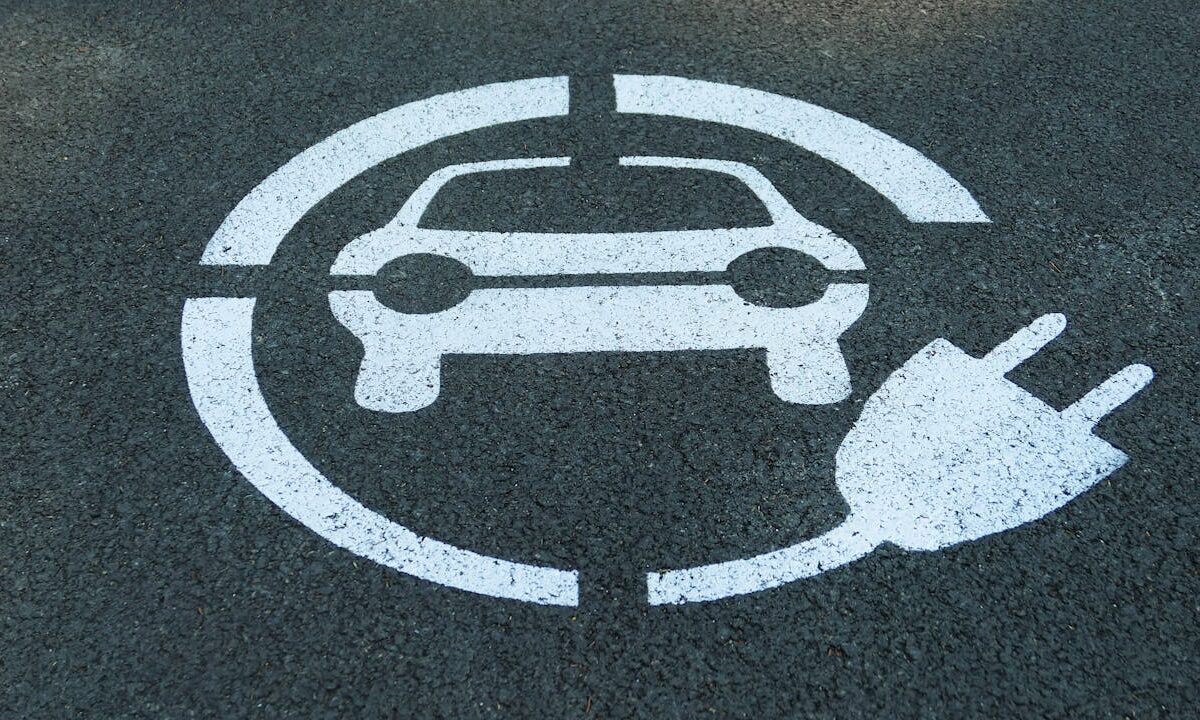I caught up recently with a favorite client from a few years ago. It was sad, but not surprising, to learn that a big innovation project they launched with great expectations had been quietly shelved. Consumers just didn’t understand the value and they stayed away in droves.
It’s not a big secret that the majority of new products fail. Either slowly or spectacularly, they fall short of the sales volume needed to be viable.
Why is that?
Is it because the teams behind them don’t know what they’re doing? Not from what I’ve seen. The effort it takes to launch a new product is significant. Behind every new product that launches are very capable people. It has to be something else.
I do a few dozen talks and workshops on innovation every year. I like to ask “How many of you have intentionally and mindfully tried something new in the last month? This week? Today?” The answer is always surprisingly low. On average participants say they try one or two new things per month. That means that they’re trying 12 to 24 new things per year. And, these are people who are innovating for a living.
This points to the broader issue, that there is simply not enough “novelty capital” (money consumers are open to spending on new ideas) to feed all the new products coming out. On top of that, in many categories the barriers to entry have fallen significantly leading to a proliferation of consumer options.
In the United States alone, the number of available products is increasing much faster than the GDP. By our calculation, the average revenue per product is falling about 4% per year. Since most existing products aren’t declining by that much, the pool of available money for new to the world products is more hotly contested than ever.
Most innovators I’ve met are optimists and believe that markets are welcoming to innovation (especially to their innovation). But what we’ve observed from being an innovation partner with some of the world’s biggest brands for more than 10 years is quite different.
Markets are actually quite hostile to innovation. As innovators, the deck is stacked against us. So, what do we do?
I’m never going to argue against optimism, but optimism that’s not balanced by rigor leads to big blind spots. Everyone involved in a large innovation project will invest thousands of hours thinking about the idea. End consumers may consider it for 5 seconds or less.
Given this asymmetry, it’s human nature to overestimate:
- How different our offer is from the alternatives
- How valuable that difference is
- How much customers will understand it
The biggest problem for innovators lies in the gap between thousands of hours and 5 seconds.
At the most fundamental level, even the best innovators are chronic (if not reckless) over-estimaters. We rarely appreciate the difference between what we see in thousands of hours and what consumers see in 5 seconds. That’s one of the biggest reasons so many new products launch that probably shouldn’t have.
In this environment, how can we increase the chances that our launch is among the ones that make it to viability?
We believe winning at innovation is about systematically sorting out naturally biased thinking from the true picture so you’re making the most valuable decisions at each stage.
Successful innovation projects we’ve seen aren’t protected, they’re stress tested early and often.
Our most successful client partners have developed approaches that (1) force honest discussion early, (2) Identify and test critical hypotheses as soon as possible, and (3) require proof over belief much earlier in the process than you’d expect.
From day one they focus compulsively on questions like:
- What will customers be buying our offering instead of?
- How can we make the value we offer immediately obvious?
- What’s the conscious customer tension we’re solving?
- What unfair advantage can we bring based on our capabilities?
What’s critical is identifying and solving for gaps or hypotheses that don’t prove right when tested – and thus giving the product a much better chance of being successful.
On the project I mentioned earlier (the one that failed after so much investment), the team didn’t take this approach. Instead they were very bullish on a powerful customer insight and convinced they could answer the harder questions later. But, by the time they did it was too late. Critical product decisions had already been made that couldn’t be changed.
If you want to accelerate your growth, the answer isn’t to stop innovating; it’s to do it in a more agile and pragmatic way. If we ask the right questions at the earliest possible time, we can start to close the gap and make the thousands of hours we invest count for much more.
The Blake Project Can Help: Please email us for more about how we help brands innovate and create bigger futures.
Branding Strategy Insider is a service of The Blake Project: A strategic brand consultancy specializing in Brand Research, Brand Strategy, Brand Licensing and Brand Education




